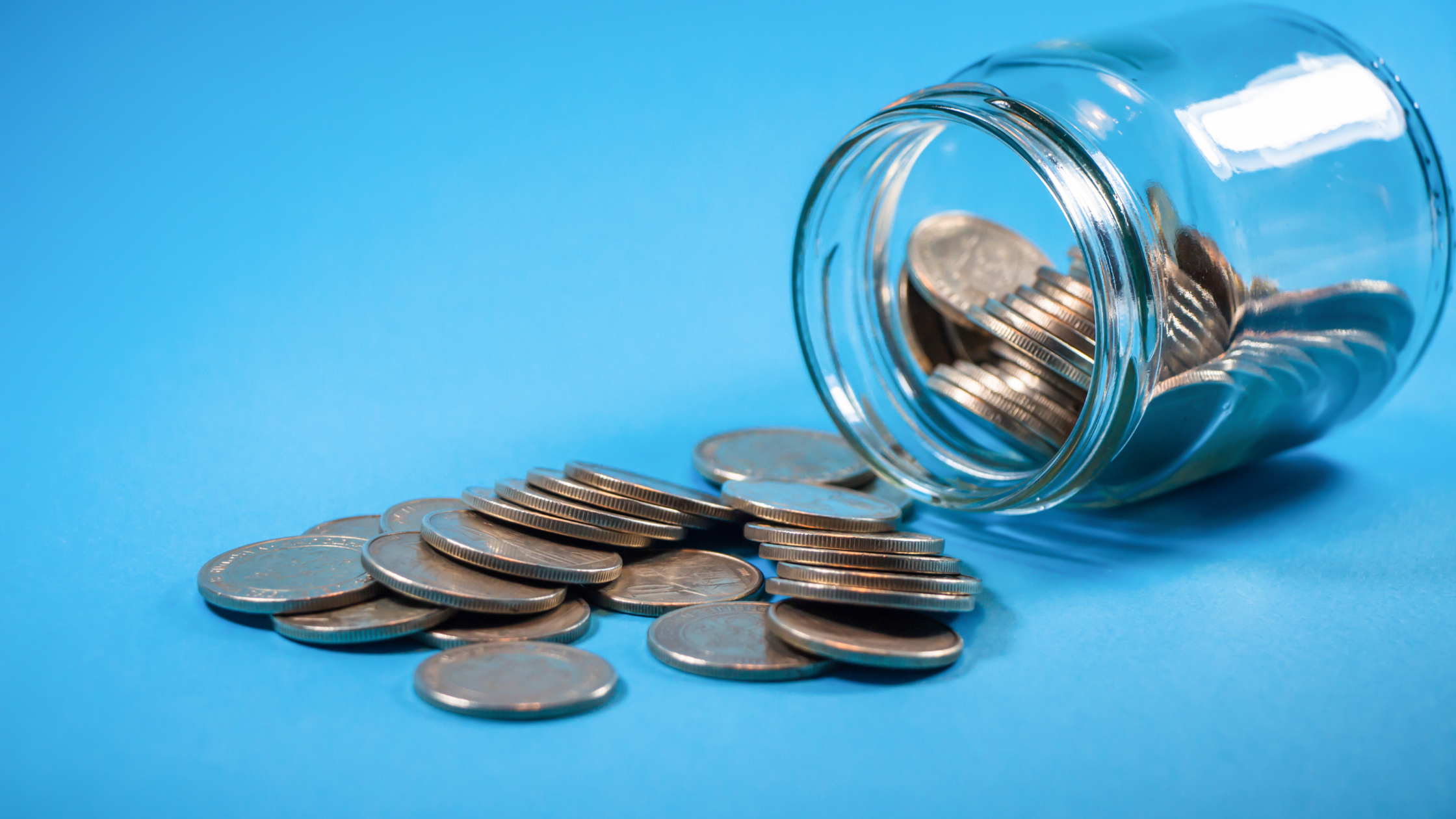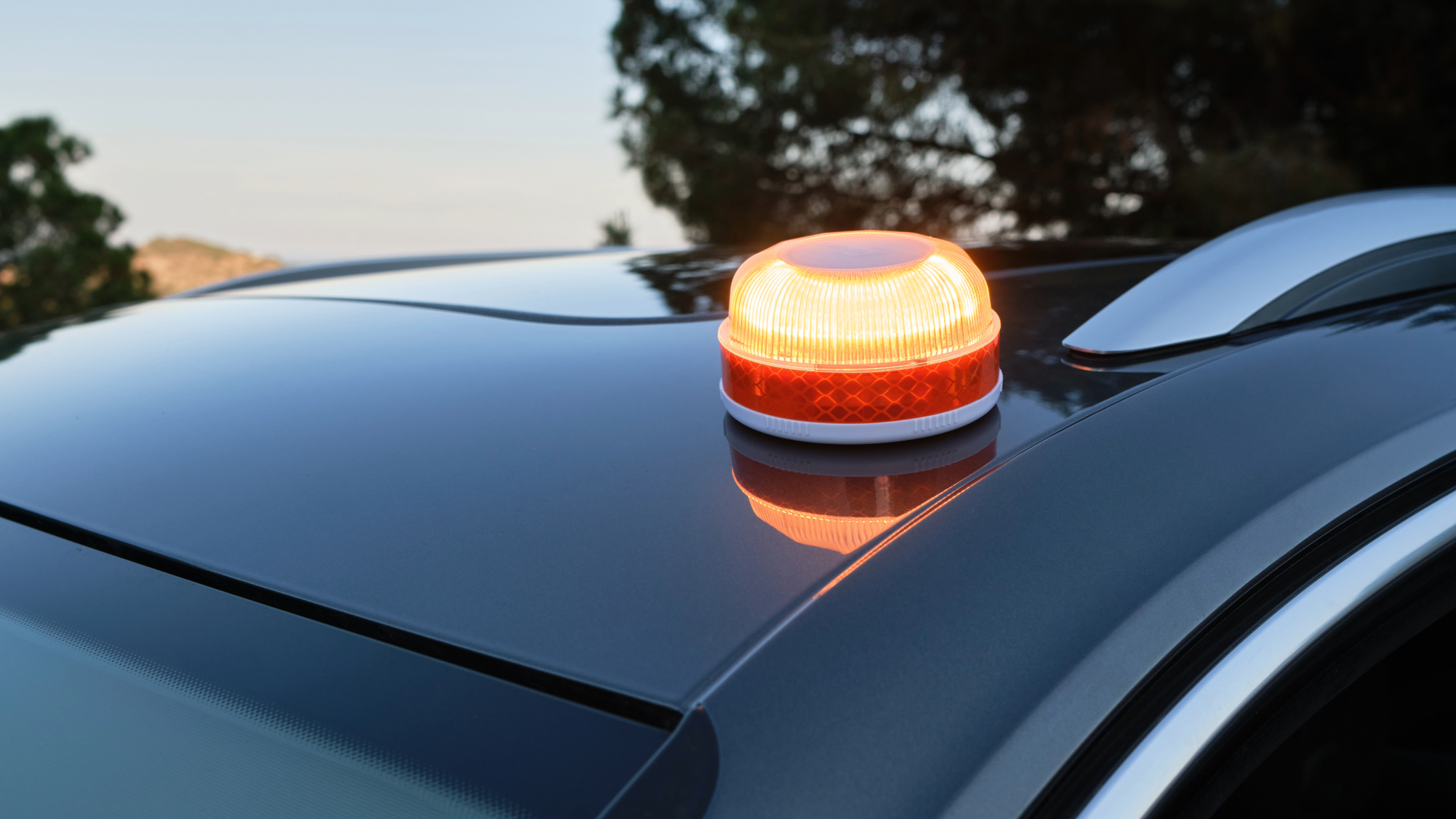Insights to help emergency services leaders plan, develop + manage budgets
When Benjamin Franklin famously coined, “an ounce of prevention is worth a pound of cure”, he was advising fire-threatened Philadelphians that it was important to focus resources on preventing fires rather than solely reacting to them.
Hundreds of years later, this famous quote still applies to many modern-day concerns in fire and emergency services, including planning, developing and managing a budget. Because no matter what your emergency service organization’s (ESO’s) goals, initiatives and plans may be—at some point that issue will likely intersect with one major consideration: money.
With this is mind, we sat down with Kim Lee Kenawell, MSFS, AWMA, CDFA, CRPC, who is not only the Founder and CEO of a wealth management firm, Avantra Family Wealth, but someone who has served in the emergency services field for over 30 years as a volunteer firefighter and EMT, divisional Chief of a critical incident stress management team and ESO board member with responsibilities related to budgeting, risk management and more.

Here are a few insights from our conversation with Kim Lee Kenawell to help emergency services leaders better manage their finances.
Q: What do you think are some of the fundamental financial issues in fire and emergency services?
A: When it comes to finances, I usually find that departments fall into one of two buckets: those with more than enough money and those that are just trying to get by.
However, far too many departments in both buckets don’t have a basic budget. And, when it comes to the future of your organization, your budget is everything.
Q: What’s one area that you wish was prioritized more in emergency services budgets?
A: Whether it’s educating your members on the signs of suicide, training operators on rollover prevention or performing vital ongoing vehicle and facility maintenance—the cost of preventing hazards, threats and risks is almost always less than not doing so.
For instance, spending a few hundred dollars to have an expert talk to your crew about any of these examples would be much less than the hundreds of thousands you’d pay if an incident or accident occurs… and, most importantly, could even save a life.
Q: Let’s say your ESO has enough (or more than enough) money to get by and all of your needs are met—however, your membership is low, you’re all tired and there are only so many hours in the day.
Why should you devote precious time on a budget—especially when you’ve gotten by for years and years without one?
A: Emergency services leaders usually have many of the same main concerns, like supporting their members and their families when they need them the most and helping their community members decrease their risks and stay safe.
But, even though they usually have good intentions and their hearts are in the right place, that’s not always where the budget goes—and that usually comes down to a lack of planning, budget oversight and wealthmanagement knowledge.
For example, if your department faces an unexpected, extreme hardship, like a LODD, do you have any emergency funds to pay for the funeral? What about their mortgage? A college fund for their children? Every leader would love to be able to help financially support a fallen firefighter’s loved ones—but the emergency funds simply may not be there.
So, while it may seem overwhelming, especially if your budget has been sorely ignored for years and years, creating and managing a budget will help ensure your dollars are spent on the things that matter most to you.
Q: If an emergency service organization finds itself in financial trouble—or simply unaware of their financial situation—where can they start?
A: First and foremost, I’d consider evaluating how your leaders with purchasing power earned their positions—specifically, take a look at your board members.
All too often, I’ve seen politics, friendships and personalities put people on the board of an emergency
service organization. However, simply liking someone doesn’t mean they should be entrusted to make
educated, data-driven and strategic decisions that impact the long-term future of your ESO.
That’s why it’s important to encourage your team to really dig deeper when you’re making those decisions and
evaluate someone’s true readiness to sit on a board by looking at things like their professional experience, ability to collaborate and critical thinking skills.
Q: What are some qualities you’d look for if you were responsible for selecting board members for an ESO?
A: Personally, I’d look for two things: professional experience and emotional intelligence.
For professional experience, you want people who understand the fundamentals of money management.
For example, do they know (or can they learn) the average lifespan of an engine and can they perform cost
projections for future vehicles and vehicle maintenance? Do they have a grasp on the importance of emergency funds, including the possible financial impacts of unexpected events like LODDs? Are they committed to staying up-to-date with the latest financial pressures in emergency services, like consolidations, a depleting volunteer base, behavioral health access, inflation and new technology? Are they able to apply that knowledge to put an adequate amount of funds into savings and investments to help set your organization up for long-term success? Will they consult with a local insurance professional to help ensure you have benefits that are specifically designed to assist emergency service organizations and first responders?
From there, you want a group of people who are able collaborate, get things done, compromise to find win-win situations, communicate clearly and handle criticism when you make a tough call (because, no matter what you do, you can’t please everyone).
Building that “dream team” often takes a group of diverse people with emotional intelligence, also called EQ, meaning they’re able to perceive, manage and handle their own emotions, have self-awareness and social skills to engage with others in a positive and productive way, and see situations from multiple perspectives.
Q: How can ESOs help set their board members up for success?
A: If you’re looking for a place to start, consider helping each board member gain a deeper understanding of what matters to your ESO.
For example, share the long-term goals of the organization, what your core values are, what keeps the Chief up at night and what new fancy “toy” your members are daydreaming about. Because, as we discussed earlier, these things shouldn’t only drive your day-to-day operations, but your purchasing decisions as well.
This way, board members will have the ability to strategically assess every budgetary decision to help ensure they align with the goals and values of the organization.
Q: What’s one thing you wish every board member knew before accepting a position?
A: At the end of the day, being on a board isn’t always the most comfortable position… I know, because I’ve been there.
Let’s say that once you really look at the costs of your operations, consider unexpected expenses, add in inflation and determine the cost of vital education, training and prevention measures—you decide the organization should be putting 10% into savings.
While your estimates are probably accurate and your intentions are in the right place—someone is not going to like that decision. You have to be okay with not always being the most liked person in the room, set your ego aside and do what’s best for the organization.
We thank Kim for sharing her knowledge and expertise with us—and for her service to her community and fellow emergency responders. Whether you’re a volunteer EMT, career firefighter, board member or you represent the emergency services community in another way—we believe all of these missions are noble and are grateful for all that you do. We hope tips like these will help your organization continue to serve your community for years to come.
DISCLAIMER
The information contained in this blog post is intended for educational purposes only and is not intended to replace expert advice in connection with the topics presented. Glatfelter specifically disclaims any liability for any act or omission by any person or entity in connection with the preparation, use or implementation of plans, principles, concepts or information contained in this publication.
Glatfelter does not make any representation or warranty, expressed or implied, with respect to the results obtained by the use, adherence or implementation of the material contained in this publication. The implementation of the plans, principles, concepts or materials contained in this publication is not a guarantee that you will achieve a certain desired result. It is strongly recommended that you consult with a professional advisor, architect or other expert prior to the implementation of plans, principles, concepts or materials contained in this publication.
This blog post may contain the content of third parties and links to third party websites. Third party content and websites are owned and operated by an independent party over which Glatfelter has no control. Glatfelter makes no representation, warranty, or guarantee as to the accuracy, completeness, timeliness or reliability of any third party content. References to third party services, processes, products, or other information does not constitute or imply any endorsement, sponsorship or recommendation by Glatfelter, unless expressly stated otherwise.
Related posts
We asked 10 members of our VFIS Team to name one auto-related risk that they believe is underdiscussed in fire and EMS agencies. Here’s what they said.
Most volunteer fire departments rely heavily on POVs, but there are inherent risks you should know.
Establish a Emergency Vehicle Operations Program that includes driver/operator requirements to help ensure your vehicles are in the right hands.









Submit a Comment